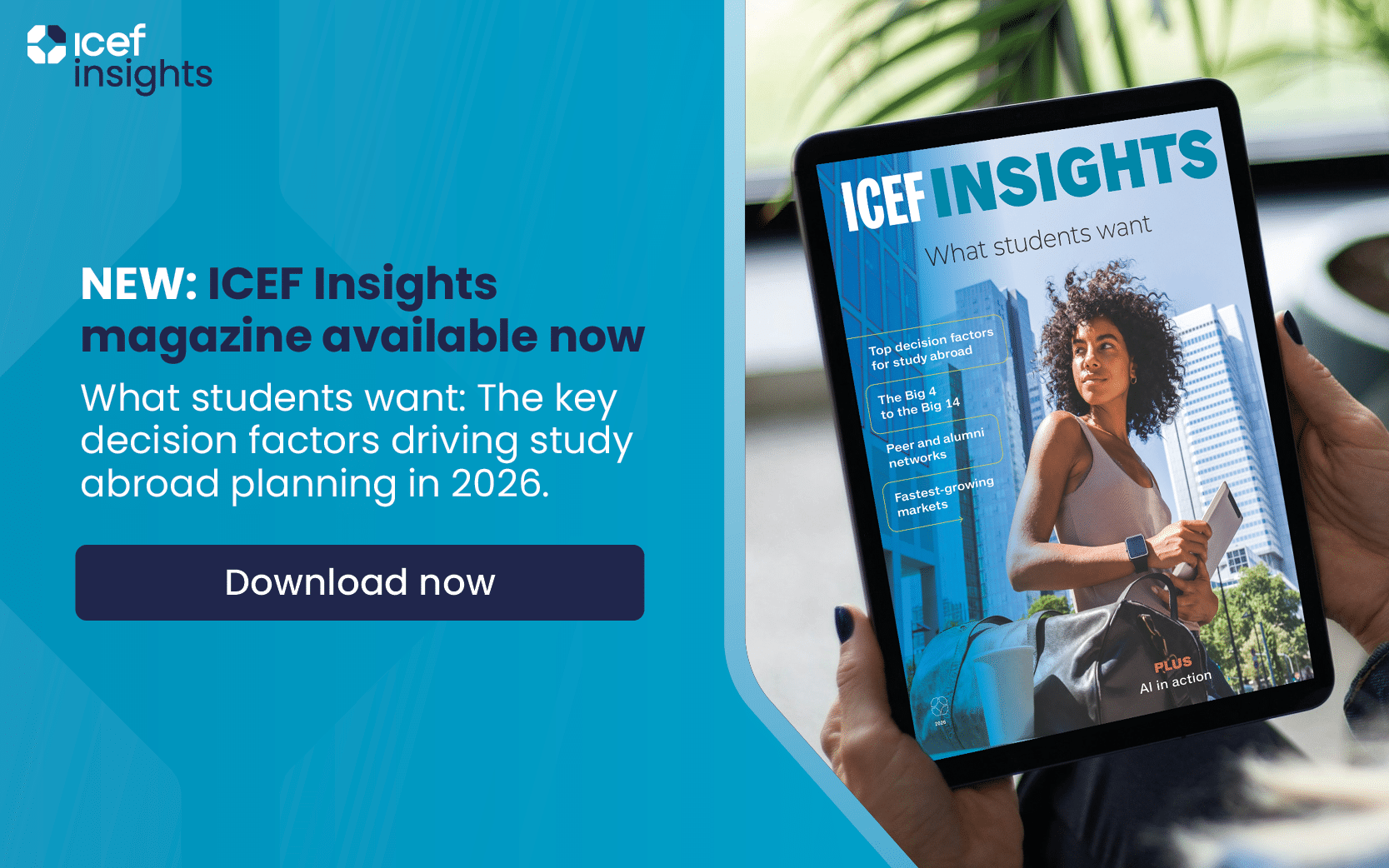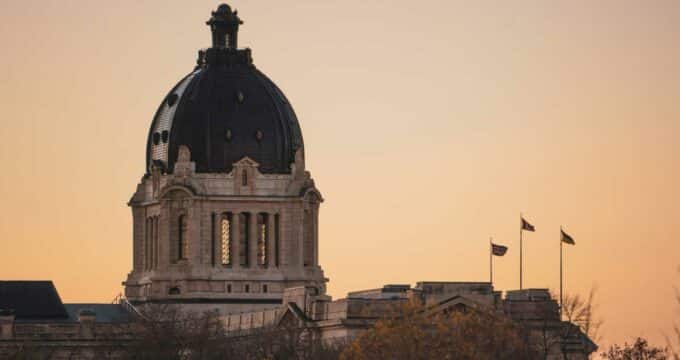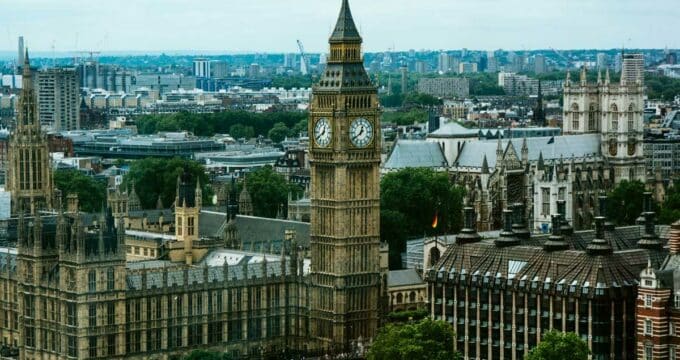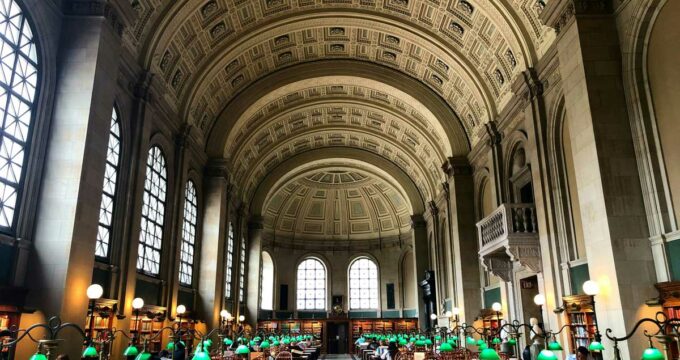Canada’s new government strikes a more conservative note on immigration
- Canada’s plan for immigration aims to reduce permanent migration levels through 2027
- Temporary migration numbers, including international students, are also to be reduced by roughly a third overall over the next three years
Canada held a federal election on 28 April 2025, through which the Liberal Party was returned to a minority government under Prime Minister Mark Carney. The prime minister was quick to signal that immigration remains a priority policy area for the new government. In his first press conference following the election, Mr Carney said that the government will continue in the direction established under the previous Liberal administration and will maintain reduced immigration targets for both permanent and temporary migrants over the next three years.
Canada’s strategic immigration plan for 2025–2027 includes phased reductions to permanent resident targets, and, for the first time, specific targets for temporary residents, including international students and temporary foreign workers. The latter is particularly significant as until the current plan (and notwithstanding the caps on foreign student enrolment introduced in 2024), there had never been any limits on temporary migration to Canada.
Under the current plan, Immigration, Refugees and Citizenship Canada (IRCC) is targeting 395,000 permanent resident admissions in 2025, decreasing to 380,000 in 2026 and 365,000 in 2027. Each of these annual targets represents a significant reduction from IRCC's previous plans, which had originally aimed to add 500,000 permanent residents per year.
The IRCC plan also sets out a goal to reduce the overall proportion of temporary residents, including foreign students and temporary workers, to 5% of Canada's population by 2026. Shortly after the IRCC plan was first released, the Bank of Canada signalled that it was unlikely the country would reach that target for temporary residents by 2026. Mr Carney appeared to concur with that finding in his press conference when he asserted that Canada would continue to work to that 5% target, but would aim to reach it by the end of 2027.
Statistics Canada estimates that there were just over 3 million non-permanent residents in the country as of Q1 2025, including a foreign student base of just under 1 million. Given Canada's current population base of 41.5 million, that would indicate that the proportion of temporary residents is currently about 7.25%.
Canada's overall population is projected to remain essentially flat through 2027, which means that the government must reduce the number of non-permanent residents by roughly 1 million over the next three years – a goal it aims to meet by reducing the number of new arrivals in each year.
That reduction, at least with respect to international students, has already begun by virtue of the foreign enrolment cap and other restrictive policies that came into effect in 2024. The impact of those new settings is not yet substantially reflected in IRCC data, which still puts the number of foreign students in the country at just under 1 million as of 31 December 2024. But, amid widespread reports of significant declines in international student numbers from institutions and schools across the country, we can only expect that those official statistics will be considerably reduced in 2025.
Going forward, we can expect that the Canadian government will continue to restrict the number of new students entering the country through 2027. The reduced targets for permanent migration will also mean that foreign graduates wishing to take up permanent residency in Canada will do so through a more competitive process.
International educators respond
Canada's peak bodies were quick to comment on the election results and the outlook for the sector going forward.
"In recent years, Canada’s international education sector has been tested," says a statement from the Canadian Bureau for International Education (CBIE). "Policy shifts, processing challenges, and reputational impacts have placed new pressures on students, institutions, communities, and industries across the country. At this critical juncture, we must now work together to rebuild trust, modernize systems, and strategically position international education as a cornerstone of Canada’s prosperity and resilience."
"Canada can’t win the race for top talent without a bold, coordinated plan. As other countries ramp up recruitment and with growing uncertainty in the US, delays in visa processing and unclear immigration pathways are costing Canada talent and opportunity. Canada’s global reputation has taken a hit with recent policies eroding the trust and confidence that once made Canada a top destination," added Universities Canada.
Pari Johnston, CEO of Colleges and Institutes Canada (CICan), said, "Congratulations to Prime Minister Mark Carney and all elected parliamentarians. As the trainers of the builders, makers, growers, first responders and caregivers Canadians depend on, we look forward to working together in the years to come to meet the moment and build a strong and resilient Canada.”
For additional background, please see:
- "High study visa refusal rates disrupting the international education landscape"
- "International degree graduates of Canadian colleges no longer have to meet 'field of study' requirements for post-study work permits"
- "Canada announces international student enrolment cap levels for 2025"
- "Canada: Updated rules for PGWP-eligible college programmes and student transfers"
- "Financial impact of new immigration settings in Canada already being measured in the billions"
















